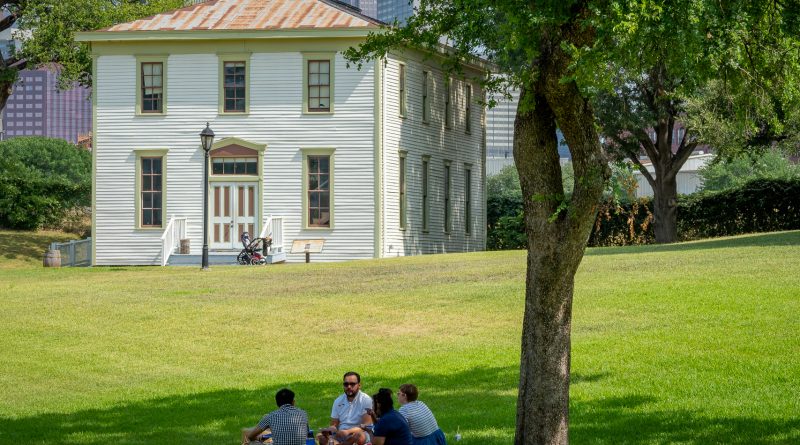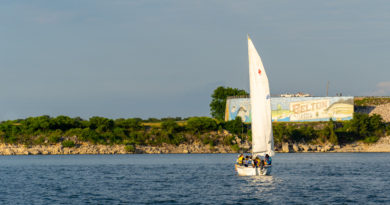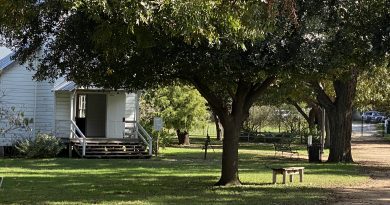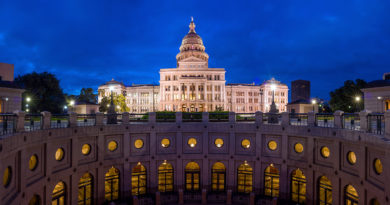Take a trip back in time at Dallas Heritage Village
By Annette Nevins | Photography contributed
The holidays don’t have to be hectic. Take a break from the rush with a trip back in time at the Dallas Heritage Village, where you can experience the season at a slower pace, exploring a collection of 19th century pioneer and Victorian homes.
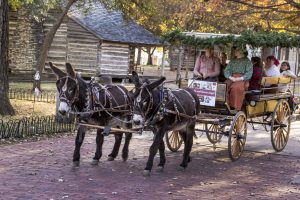 A short drive to the north leads you to the historic village in the shadow of the glimmering skyscrapers of downtown Dallas. Tour an old post office, general store and church along with about two dozen historic structures in a tree-shaded, 20-acre green setting that was Dallas’ first city park.
A short drive to the north leads you to the historic village in the shadow of the glimmering skyscrapers of downtown Dallas. Tour an old post office, general store and church along with about two dozen historic structures in a tree-shaded, 20-acre green setting that was Dallas’ first city park.
Pack a picnic and plan to stay into the evening. The annual Candlelight holiday celebration Dec. 14-15 features strolling carolers and lots of garland and holly. Warmly lit candles line a path connecting the community of houses and buildings.
Inhale the aroma of roasting kettle corn and fresh baked goods. Stroll the grounds and discover what life was like over 100 years ago for ordinary Texans as interpreters in costume demonstrate old-fashioned cooking and blacksmithing. Whisper your holiday wishes to St. Nicholas and make holiday crafts. School choirs sing in the cool night air and other local groups perform on three stages all evening.
An additional more intimate “Cocktail by Candlelight” is being added this year on Dec. 13 by reservation for adults only.
“With the candle-lit village in the backdrop of the twinkling big city lights of the modern Dallas skyline, it’s easy to immerse yourself in history where the past and present collide,” says Melissa Prycer, executive director of the Dallas Heritage Village.
About 50,000 visitors flock to the village each year. Of these, over 20,000 are area schoolchildren who learn about farm life with chickens and other animals, including a friendly donkey. Roughly half of the general admission visitors are residents of Dallas-Fort Worth and the others are tourists.
“Generations of families have strong connections and traditions with the village,” Prycer says. “Some have been engaged here. They’ve been married in the village church. It’s the site of many first dates. Parents who grew up visiting the village now bring their children here.”
Most of the historic buildings and furnishings at the Dallas Heritage Village represent 1840 to 1910 and were transported from the surrounding North Texas area. The village sits on land that was Dallas’ first City Park in 1876. A train depot marks the importance of the railroad to the growth of the community. Browder Springs, which now flows underground, once carried water to the young city via a wooden water main.
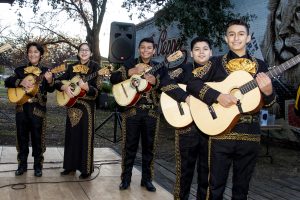 Business and mercantile leaders lived in the Cedars neighborhood around City Park in the 1880s and 1890s. Dallas’ first zoo was located there, and residents gathered for weekly concerts in the bandstand. Turn-of-the-century maps show a large pavilion, fountain, pump house, pond and greenhouses.
Business and mercantile leaders lived in the Cedars neighborhood around City Park in the 1880s and 1890s. Dallas’ first zoo was located there, and residents gathered for weekly concerts in the bandstand. Turn-of-the-century maps show a large pavilion, fountain, pump house, pond and greenhouses.
But City Park went through big changes after World War II before being resurrected as the Dallas Heritage Village. Residents began moving to the suburbs. Interstate 30 cut the Cedars neighborhood off from downtown, leaving the neighborhood and the park in decline until a group of women had an idea. They wanted to use the park to rescue the nearby Millermore plantation house. The only antebellum structure of its kind still standing in Dallas County, the Millermore house was originally built in the neighborhood outside City Park and named for William Brown Miller, one of Dallas County’s most successful cotton planters, stock-raisers and slave owners.
Piece by piece, the women disassembled the two-story Greek Revival mansion. They stored the pieces in a warehouse and called Ray Hubbard, then-president of the park board. He agreed to reconstruct the Millermore house in City Park. Other historic buildings followed and were restored.
Over the years, more than 20 buildings representing the period of 1840 to1910 were transported to the park. In 2005, the park’s name was changed to Dallas Heritage Village at Old City Park to represent the collections of historic buildings and furnishings that became a popular museum offering exhibits, educational programs and special events. A guided tour of the Millermore House was added this year.
Volunteers hold fundraisers to support the historic structures that need constant care. “Once a house is restored that’s not the end of it; historic structures need saving every day,” Prycer says. “The Texas sun and wind and rain are hard on the buildings and you can’t freeze them in amber.”
The community has an important role in supporting the historic structures for future generations to enjoy, she says.
“Learning about our past is important in the planning of our future.”
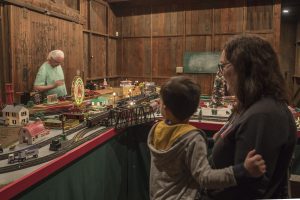 You can visit the Dallas Heritage Village year-round with other special events held annually, including a Jazz Sunday School in March featuring an afternoon of dancing, traditional jazz, vintage vendors and antique cars. A Barbecue Fest is held in June followed by an Old-Fashioned Fourth in July. The Chefs For Farmers event in November celebrates hard-working farmers and the talented chefs who create locally sourced menus joined by dozens of wineries, breweries, distilleries, food artisans and live music.
You can visit the Dallas Heritage Village year-round with other special events held annually, including a Jazz Sunday School in March featuring an afternoon of dancing, traditional jazz, vintage vendors and antique cars. A Barbecue Fest is held in June followed by an Old-Fashioned Fourth in July. The Chefs For Farmers event in November celebrates hard-working farmers and the talented chefs who create locally sourced menus joined by dozens of wineries, breweries, distilleries, food artisans and live music.
If you go
Located at 1515 South Harwood Street in Dallas, Heritage Village is conveniently located near the heart of downtown, close to the junction of Interstates 30 and 35.
Hours: 10 a.m. to 4 p.m. Tuesday-Saturday, noon to 4 p.m. Sunday, closed Mondays.
Closed in January and August as well as Thanksgiving, Christmas Eve, Christmas Day, New Year’s Eve and New Year’s Day.
Regular General Admission: $10 Adult; $8 Senior (65+); $6 Child (4 to 12 years)
Millermore Tours (1:30 p.m. at Miller Cabin) $5.
Admission prices for special events vary. For more information, call 214-421-5141 or visit http://dallasheritagevillage.blueervay.com/about

